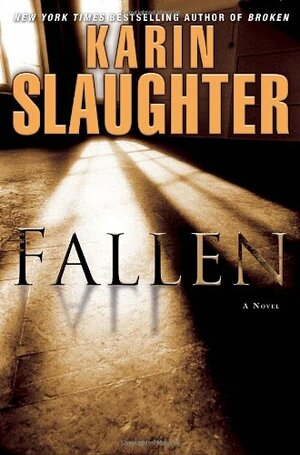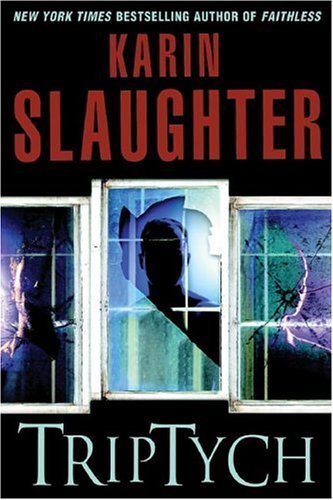When Will Trent’s partner Faith Mitchell goes to her mother’s house to pick up her baby, Emma, she can see something is wrong. Loud music is playing inside and there is blood on the door handle. When she goes to the shed to get her mother’s gun, the gun is gone and the baby is locked inside.
Entering the house, she finds a dead man in the laundry room. She is forced to shoot a man in the bedroom and another one threatening the neighbor’s kids in the next yard. Her mother is gone.
Faith can’t be on the case, but Will and his boss Amanda Wagner have different ideas about what’s going on. Amanda is sure the incident has to do with gang activity, as Evelyn Mitchell used to be in charge of the narcotics squad. But Will can’t help thinking it may have to do with the case he investigated against her squad for skimming drug money. Evelyn was not prosecuted like the others but retired. Will has always thought she was guilty, and a large amount of money has never been found.
On the personal side, his relationship with Sara Linton is heating up just as his wife Angie has reappeared after months of absence.
This novel is the fifth in the Will Trent series and is full of action. I like Will, but I am thinking of stopping, and I have several reasons for that. One is his relationship with Sara Linton. She was apparently a main character from a previous series, and Slaughter has brought her into this one slowly, starting with the third book. My problem with her is that Slaughter hasn’t really bothered much with developing her character, having presumably developed it in the previous series, and I haven’t read the previous series. Plus, we haven’t seen much of Angie at all in the series, but in this book she is so horrible that you can’t imagine anyone staying with her. I think Slaughter is just using her as a device. Also, a little romance in this kind of novel is okay, but there’s an awful lot of emphasis on it in this book.
Finally, this took longer to occur to me than it should have, but this is Atlanta, Georgia, yet all of the principal characters in this novel are White, except for the bad guys. I had some difficulty in my brief bit of research finding data for 2011, the publication date of the book, but Atlanta is about 50% Black in population. The GBI doesn’t publicize its statistics, but the current demographics of the APD exactly meet the percentage of Black people in the community. Back in 2011, the APD was about 30% Black, and in 2010 there were about a third more Black people than White people in the city (statistics may be different for the greater Atlanta area). Yet, there’s not a single Black or Hispanic main character in this book. The TV series has taken care of this by making Will Hispanic and both his boss and partner Black. In fact, the only main White characters are a much nicer Angie and Angie’s partner Ormewood (no Sara).
So, is Slaughter a bigot or writing for what she thinks her audience wants? (2011 isn’t that long ago.) I was also irked by how Faith has spent two books not eating when she is having trouble with her diabetes. Come on! In any case, with Sara moving in and this belated realization, I’m moving out. Let me add, though, that Slaughter writes a truly suspenseful, exciting book.









